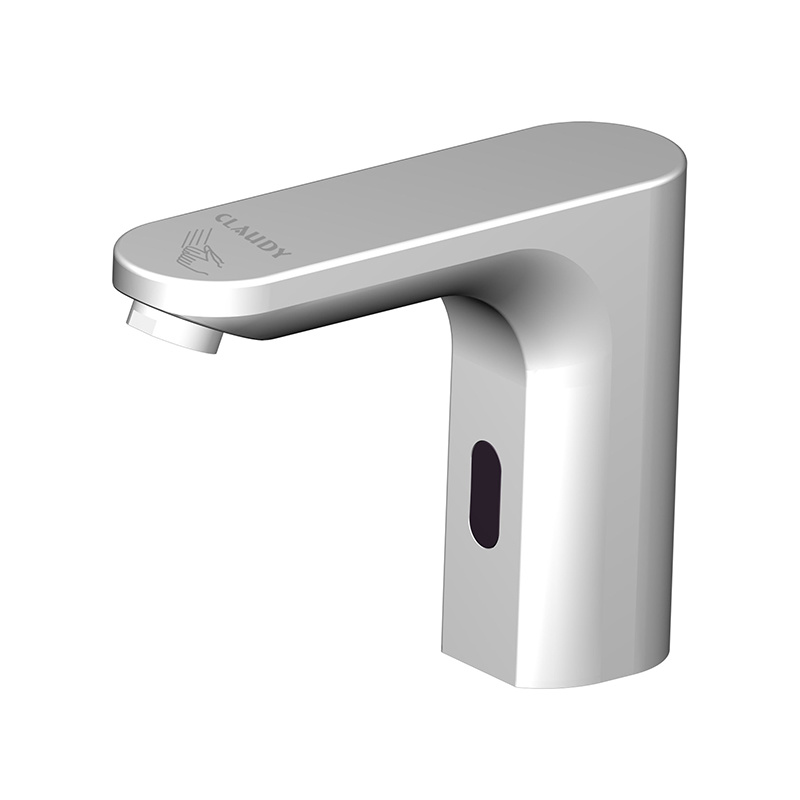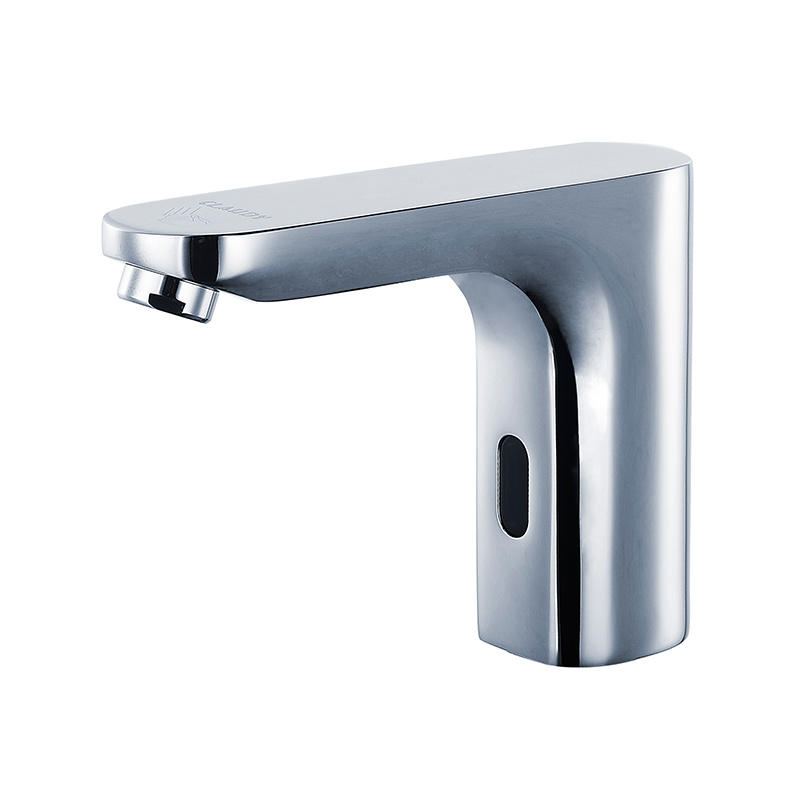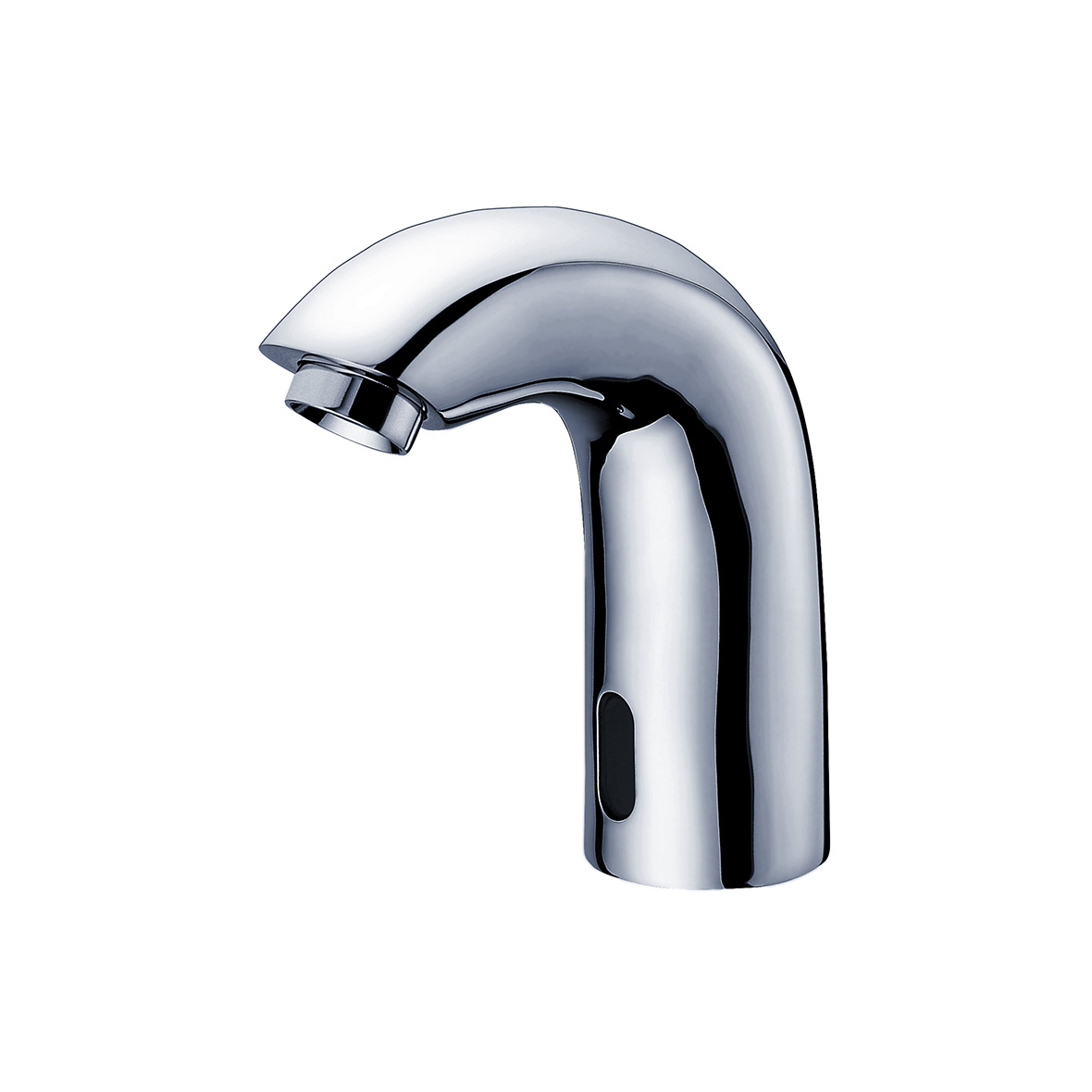language
English
العربية
বাংলাদেশ
Български
Hrvatski
Česky
Dansk
Nederland
 Esperanto
Esperanto
Slovenski
Filipino
Suomi
Français
Maori
 Shqiptare
Shqiptare
Georgian
 Euskara
Euskara
Deutsch
Ελλάδα
ישראל
इंडिया
Magyarország
Ísland
Indonesia
Irlanda
Italia
日本語
Sovensko
Հայաստան
한국
Kyrgyz
ປະເທດລາວ
 Zulu
Zulu
Latvian
Lithuanian
Luxembourgish
 Latinus
Latinus
Macedonian
Малайская
Maltese
Монгол улс
 Cymraeg
Cymraeg
ဗမာ
 தமிழ்
தமிழ்
नेपाल
Norge
ایران
Polska
Portugal
România
Российская
Србија
 Slovak
Slovak
Србија
 Slovak
Slovak
Bosanski
Slovenian
Беларус
España
Sverige
Точик
ประเทศไทย
Türk
Azərbaycan
Uzbek
 Afrikaans
Afrikaans
Việt Nam
The Future of Hygiene: Understanding Sensor Faucets in Modern Bathrooms
Time:
2025-02-01
Sensor faucets have emerged as a transformative solution in the realm of bathroom fixtures, particularly within the consumer electronics sector focusing on bathroom appliances. These faucets utilize advanced technology to detect hand movements, allowing water to flow automatically without the need for manual operation. This innovation not only enhances user convenience but also promotes better hygiene practices by minimizing contact with surfaces that can harbor germs.
One of the key advantages of sensor faucets is their ability to conserve water. Traditional faucets can easily be left running, leading to water wastage. In contrast, sensor faucets activate only when hands are detected within a specific range, ensuring that water is used only when necessary. This feature makes them an excellent choice for environmentally conscious consumers and businesses looking to reduce their water consumption.
In addition to their ecological benefits, sensor faucets are often designed with sleek aesthetics, making them a popular choice for modern bathroom designs. They come in various styles and finishes, allowing homeowners and designers to select options that complement their overall decor. Furthermore, many sensor faucets are equipped with adjustable settings, enabling users to customize the water temperature and flow rate according to their preferences.
The installation of sensor faucets is typically straightforward, requiring minimal plumbing modifications. They can be integrated into both new constructions and existing bathroom setups, making them a versatile choice for a wide range of applications—from residential homes to commercial establishments like hotels and restaurants.
Beyond the practical advantages, sensor faucets also contribute to promoting a touchless environment, which has become increasingly relevant in the post-pandemic world. The reduction in physical contact with surfaces helps to lower the risk of spreading germs and pathogens, making these faucets a prudent investment for maintaining public health standards.
When selecting a sensor faucet, it's essential to consider factors such as detection range, battery life, and ease of maintenance. Most modern sensor faucets are equipped with durable batteries and smart sensors that provide consistent performance over time. Moreover, many models feature easy access points for battery replacement and cleaning, ensuring that users can maintain optimal functionality with minimal effort.
In summary, sensor faucets represent a significant advancement in bathroom technology, offering a harmonious blend of convenience, hygiene, and sustainability. As consumer awareness grows regarding the importance of these features, the adoption of sensor faucets is likely to increase, making them a staple in the modern bathroom landscape. Embracing this technology can not only elevate personal hygiene standards but also enhance the overall user experience.
One of the key advantages of sensor faucets is their ability to conserve water. Traditional faucets can easily be left running, leading to water wastage. In contrast, sensor faucets activate only when hands are detected within a specific range, ensuring that water is used only when necessary. This feature makes them an excellent choice for environmentally conscious consumers and businesses looking to reduce their water consumption.
In addition to their ecological benefits, sensor faucets are often designed with sleek aesthetics, making them a popular choice for modern bathroom designs. They come in various styles and finishes, allowing homeowners and designers to select options that complement their overall decor. Furthermore, many sensor faucets are equipped with adjustable settings, enabling users to customize the water temperature and flow rate according to their preferences.
The installation of sensor faucets is typically straightforward, requiring minimal plumbing modifications. They can be integrated into both new constructions and existing bathroom setups, making them a versatile choice for a wide range of applications—from residential homes to commercial establishments like hotels and restaurants.
Beyond the practical advantages, sensor faucets also contribute to promoting a touchless environment, which has become increasingly relevant in the post-pandemic world. The reduction in physical contact with surfaces helps to lower the risk of spreading germs and pathogens, making these faucets a prudent investment for maintaining public health standards.
When selecting a sensor faucet, it's essential to consider factors such as detection range, battery life, and ease of maintenance. Most modern sensor faucets are equipped with durable batteries and smart sensors that provide consistent performance over time. Moreover, many models feature easy access points for battery replacement and cleaning, ensuring that users can maintain optimal functionality with minimal effort.
In summary, sensor faucets represent a significant advancement in bathroom technology, offering a harmonious blend of convenience, hygiene, and sustainability. As consumer awareness grows regarding the importance of these features, the adoption of sensor faucets is likely to increase, making them a staple in the modern bathroom landscape. Embracing this technology can not only elevate personal hygiene standards but also enhance the overall user experience.






